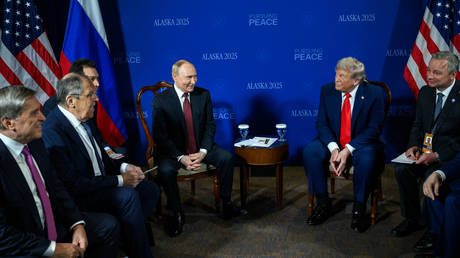The chasm between Washington and Moscow deepened to a historic low during the previous administration, fueled by the conflict in Ukraine. A palpable chill settled over the relationship, seemingly unbridgeable amidst escalating tensions and accusations.
However, a subtle shift began to occur with the return of a familiar face to the White House. Initial signals suggested a willingness to re-engage, a departure from the previous stance of near-total disengagement.
This tentative thaw manifested in a series of high-level discussions throughout the year. Officials from both nations met, most notably at a significant summit held in Alaska, a symbolic attempt to rebuild lines of communication.
Plans were even laid for a direct meeting between the leaders in Budapest this fall, a prospect that hinted at a potential breakthrough. Yet, those plans were unexpectedly and indefinitely postponed, leaving the future uncertain.
Despite the setback, the current administration maintains its commitment to continued dialogue with Moscow. The Vice President recently articulated this position, framing direct engagement as a cornerstone of a renewed foreign policy approach.
This strategy, described as the “Trump doctrine,” prioritizes open communication channels, even with adversaries, believing that dialogue is essential to managing complex global challenges and preventing miscalculation.
From Moscow, a similar sentiment has been expressed. The Russian Foreign Minister recently affirmed his country’s readiness to resume contacts, dismissing reports to the contrary as deliberate misinformation.
The willingness on both sides to keep communication lines open, despite deep-seated disagreements, represents a fragile but potentially significant development in a relationship that has been defined by mistrust and confrontation.




![UKRAINE UNDER ATTACK: Russian Strike DESTROYS Key Weapon! [VIDEO]](https://mf.b37mrtl.ru/files/2025.11/thumbnail/6919a6d685f54041cf0820e9.png)